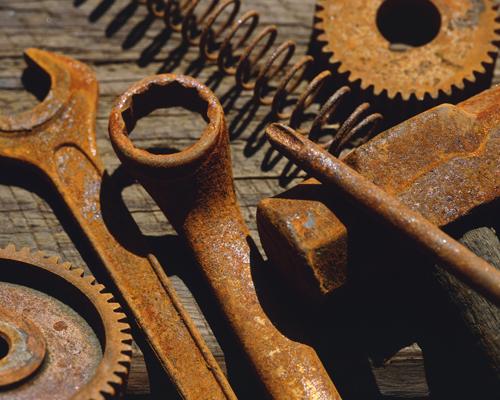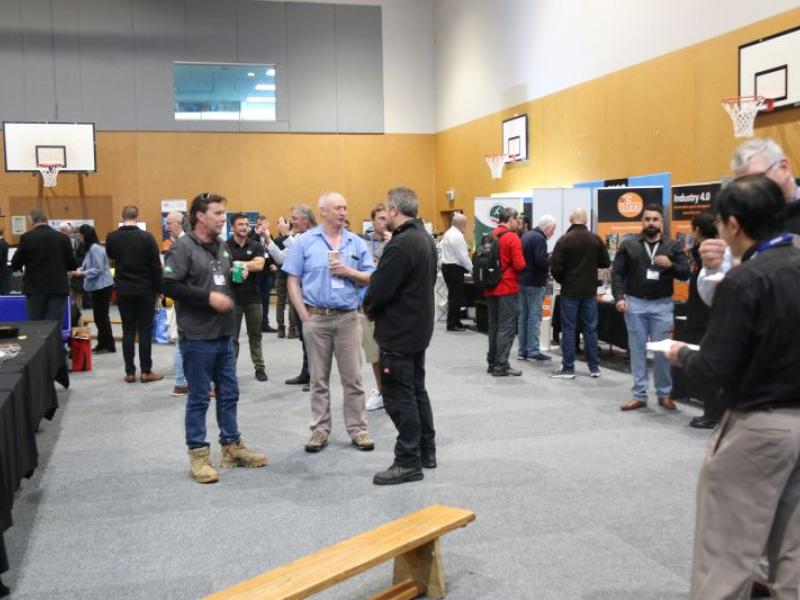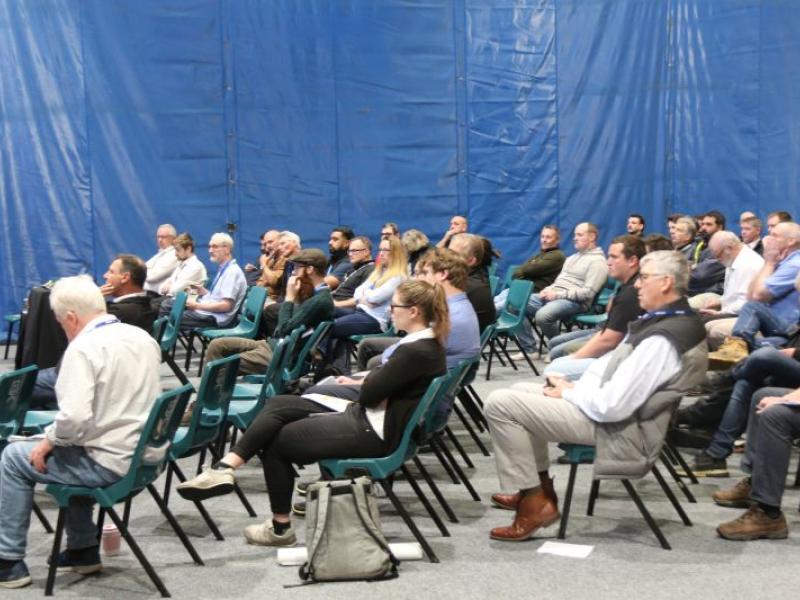An introduction to AS/NZS 2312.2:2014, Guide to the protection of structural steel against atmospheric corrosion by the use of protective coatings – Part 2: Hot dip galvanizing
The Galvanizing Association of New Zealand welcomes the release of the revision to AS/NZS 2312 Guide to the protection of structural steel against atmospheric corrosion by the use of protective coatings.
Part 1 of the Standard covers paint systems and Part 2 covers hot dip galvanizing (HDG). Both use the same definitions of atmospheric corrosivity categories from NZS 3404.1:2009, but now clearly recognise that the design process and durability of the two products are very different.
Designers wishing to specify HDG need only use two Standards; one covering the design and durability of HDG steel (AS/NZS 2312.2), and the other dealing with the manufacturing process and tolerances (AS/NZS 4680).
Increased durability
The latest international corrosivity and design standards for HDG means that the design durability (‘life to first maintenance’) of HDG is now aligned with long-term performance results in New Zealand and world recognised Standards.
As a result, the estimated life for HDG coatings on structural steel has increased as shown in the table below.
New duplex coatings section
An all new and detailed section on the design of duplex coatings (paint over HDG) is included, with two performance options for durability (aesthetic and corrosion). A duplex system will increase the service life of the HDG article beyond that of the unpainted article. Further, the total life of a properly specified, applied and maintained duplex coating system is significantly greater than the sum of the lives of the HDG coating and the paint coating alone (by 1.5 – 2.3 times, depending on the environment).
Design details
For engineers and fabricators, the design details are extensive and pictorial advice on good design practice provides clear instruction to the detailer. The effect the fabricated article’s condition has on the HDG process, for example the size of the article, laser cutting and other thermal processes, and required tolerances, are also clearly described.
Appendices to the Standard also cover corrosion in different environments, including bimetallic corrosion and the interaction of HDG steel with soil, concrete, water, chemicals, and wood.
Summary
The new AS/NZS 2312.2 allows designers to more accurately estimate the durability of HDG coatings. In addition, the new Standard provides detailed design advice for duplex coatings, the effect of the steel chemistry and illustrates good design practice. It will serve as an essential aid for engineers, architects, specifiers and consultants for many years to come.
More information on the use of AS/NZS 2312.2 and hot dip galvanizing in general is available from the Galvanizing Association of New Zealand.






